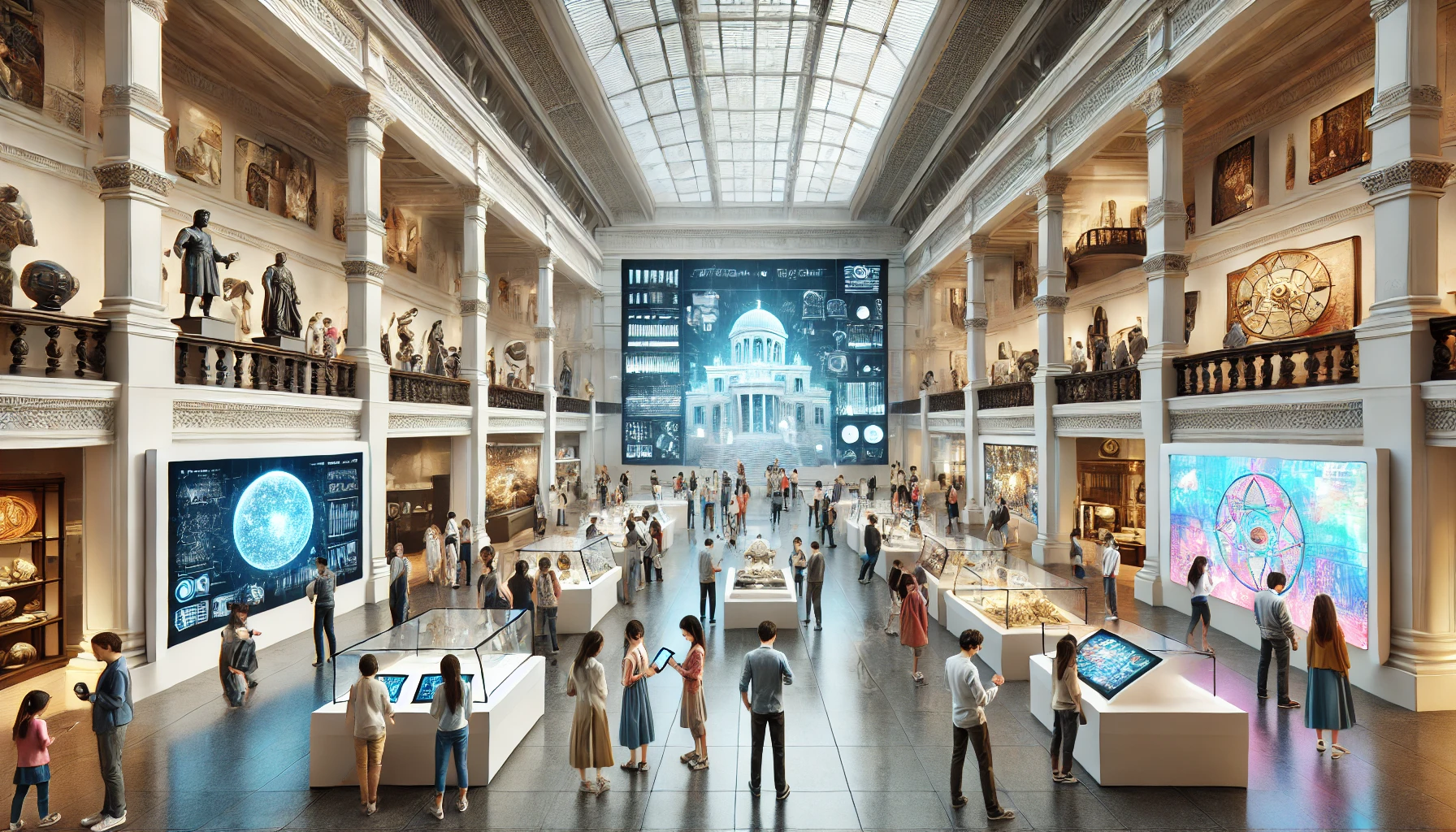But what if this glimpse into the past were directly related to emerging technologies in the future? In recent years museums and curators of cultural heritage are betting on the use of immersive technology for the vision, explanation, interaction and visit of their galleries.
The integration of immersive technologies in museums has radically transformed the way we interact with cultural heritage. These technologies not only make visits more interactive and educational, but also allow us to explore history and art in entirely new ways.
From Virtual Reality (VR) to Augmented Reality (AR) and Mixed Reality (MR) to Artificial Intelligence (AI), holograms and other technologies, museums are creating environments that combine the digital and the physical to immerse visitors in unique experiences.
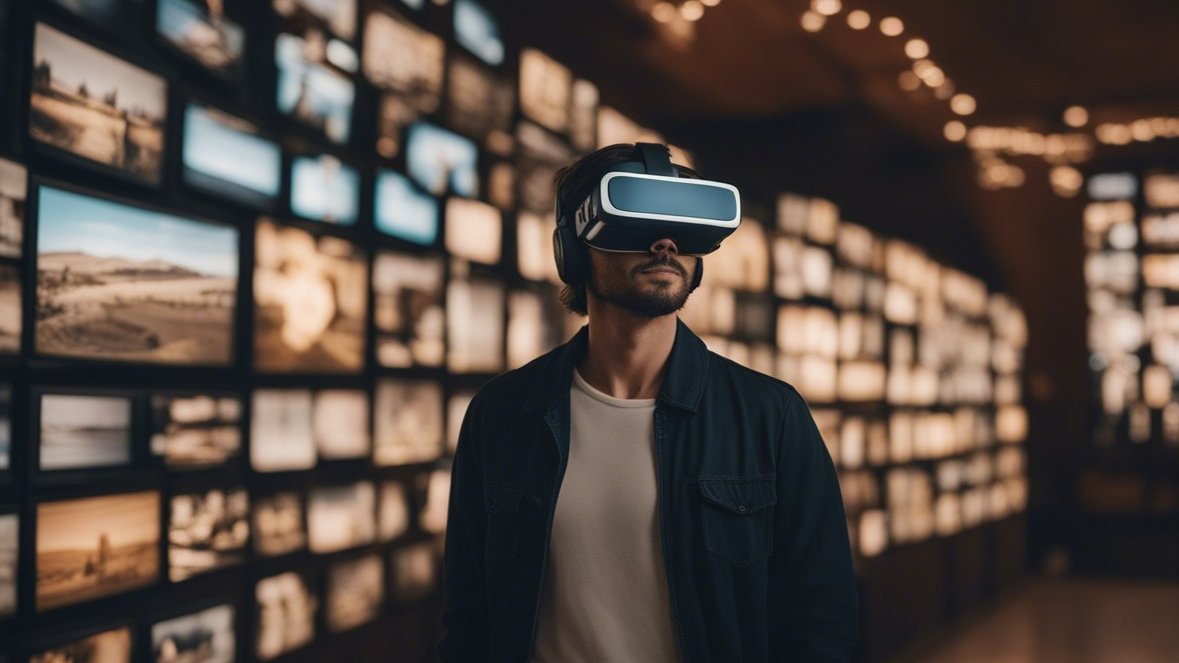
What technologies can be applied in museums?
Interactive technologies include a set of digital tools designed to transform the user experience. Applied to the museum environment we can highlight:
- Virtual Reality (VR): Virtual Reality allows the creation of completely digital environments in which visitors can immerse themselves using devices such as VR glasses. This technology has been used in numerous museums around the world to recreate historical moments or to offer tours that would be impossible to do physically, allowing to experience historical or artistic scenarios in 360 degrees, creating immersive storytellings around the works or artists.
- Augmented Reality (AR): This technology superimposes digital elements to the physical environment, enhancing the visitor's experience with additional and interactive information through mobile devices such as Smartphones or Tablets. For example, allowing to scan paintings and learn hidden information or visualize animations that reconstruct details that have been lost with the deterioration of time.
- Mixed Reality (MR): Combines elements of Virtual and Augmented Reality to create hybrid environments where digital objects can interact with the physical world in real time, making it possible to expand the museum experience by turning its galleries into living spaces full of content and interaction with the works.
- Artificial Intelligence (AI): Using advanced algorithms, AI systems can analyze visitor preferences and tailor the information displayed, allowing each person to receive relevant content based on their interests. It is also used in the creation of interactive virtual guides, where AI-powered avatars can answer questions and provide detailed information about exhibits.
- Holograms: They allow the creation of powerful three-dimensional visual effects around works of art, and can show a new vision of them, or bring them to life by adding movement or effects that amplify the artist's intention and generate a WOW effect difficult to achieve by other means.
These technologies not only make museum visits more entertaining, but also have great educational value. They allow visitors to explore, interact and learn in ways that were previously unthinkable, bringing culture and history to life in a whole new and accessible way.
Technological revolution in immersive museums
Technology has been advancing by leaps and bounds in the last decades. It is no mystery that the 2010s have been fundamental for the implementation of Extended Realities such as VR, AR and, more recently, the Metaverse. In this case the insertion of these innovations within the cultural sector has meant a whole insurrection regarding the way of understanding cultural heritage.
Museums around the world have been gradually implementing Immersive Technologies to make their visitors' experience as interactive as possible, this being the most viable and profitable way to focus the attention of users in new galleries and exhibitions in which their implementation is the protagonist of the visit. National examples such as the Caixaforum in Barcelona or the Prado Museum in Madrid, emphasize that this revolution is only the beginning of culture in the future.
Benefits of immersive technology in museums
It is undeniable that the integration of immersive technologies within cultural heritage is causing a disproportionate advance in immersing the visitor within the context of the work that stands out.
-
Immersive experiences that allow the user to become fully immersed in the exhibitions and works.
-
Interactive learning that allows visitors to interact directly with the exhibits.
-
Direct access to historical contexts that, thanks to Immersive Technologies, allows the recreation of historical and cultural environments, allowing tourists to experience what life was like in different eras.
-
Access to the attraction of a much wider public; the target is extended to younger people and this allows museums to attract the attention of the most curious.
-
Artistic creation, likewise, allows artists to take advantage of these technologies to create innovative and experimental works of art that explore new forms of expression and storytelling. It also drives the evolution of art and culture.
Museums that have applied technology to become more immersive
All these implementations have caused a great impact within the cultural environment as they have transformed the way of experiencing art and the environment. This is the case of numerous art museums where Augmented Reality tour guides have been implemented, such as the John F. Kennedy Center, which has developed a tour guide called “Pigeon”, which accompanies us during the tour, and gives us the opportunity to take pictures with the virtual characters and access tests to verify what we have learned during this experience.
Another example is The Zone of Hope project, where visitors are invited to reflect on climate change through Virtual Reality, where they can visualize and move through different hyper-realistic scenarios that could have consequences in the next eighty years.

Metropolitan Museum of Art, New York
The Metropolitan Museum of Art in New York (the Met) offers immersive experiences through virtual and augmented reality technologies, including interactive exhibitions, an informative mobile app, events, workshops and unique art installations. These experiences allow visitors to explore and interact with art in an in-depth and personalized way, enriching their understanding and appreciation of the global cultural heritage housed in the museum.
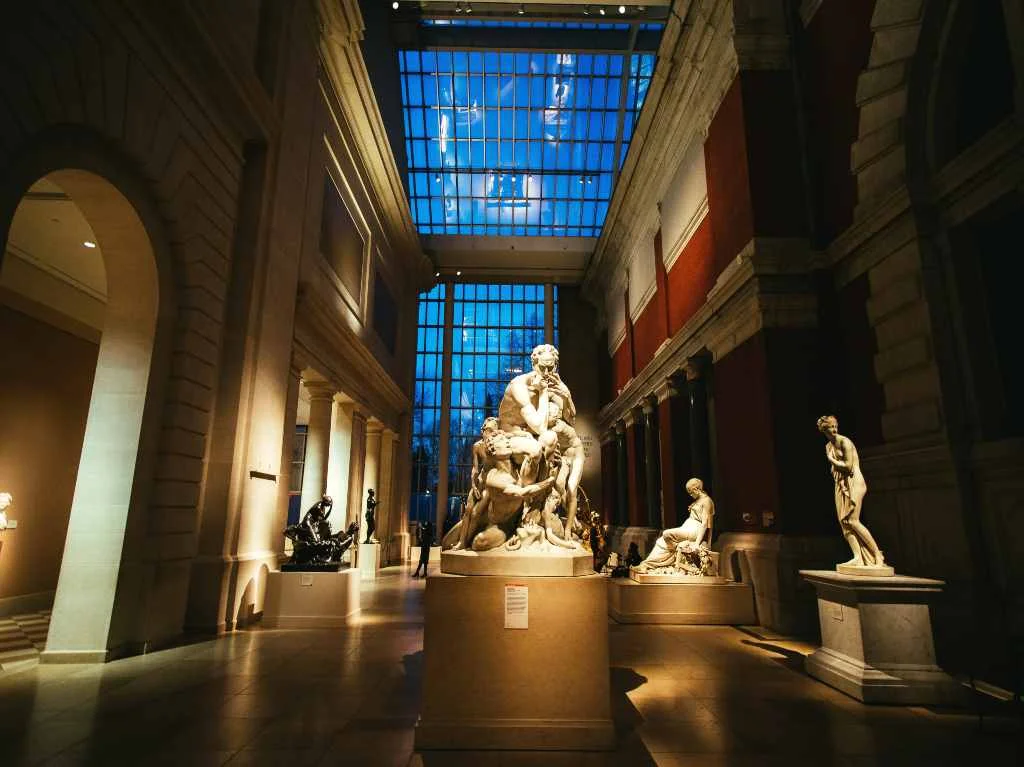
Mori Building Digital Art Museum
At the Mori Building Digital Art Museum created by teamLab Borderless, visitors experienced a borderless, interactive art world where they could explore and co-create in a dynamic three-dimensional environment. The artworks, in constant movement and communication, offered an immersive and personalized experience. In addition, this experience was complemented by the technology of an app to understand and participate in the creation of art, and the possibility of converting drawings into tangible products. This allowed visitors to immerse themselves, interact and take away a tangible souvenir of their unique art experience.

Museum of Other Realities
The Museum of Other Realities (MOR) is a virtual reality space that allows users to experience art in a new and immersive way. It is a meeting place for creators, explorers and artists from around the world to share and experience works of art in VR. The museum offers experiences that allow visitors to immerse themselves in paintings and sounds, and holds regular events to foster community and connection around this new artistic medium. In addition, artists exhibiting at MOR receive payment and promotion for their work.

Meet Vincent Van Gogh Experience
The “Meet Vincent Van Gogh Experience” is an immersive and educational exhibition that uses interactive installations, an automated audio guide and interactive stations to immerse visitors in Van Gogh's world. The experience, recognized with the Thea Award for Outstanding Achievement, also promotes hands-on, digital learning through a children's scavenger hunt. Proceeds from the experience contribute to the Van Gogh Museum's legacy, and the exhibition is the result of collaborations with several developers, including PROACTIV Entertainment.
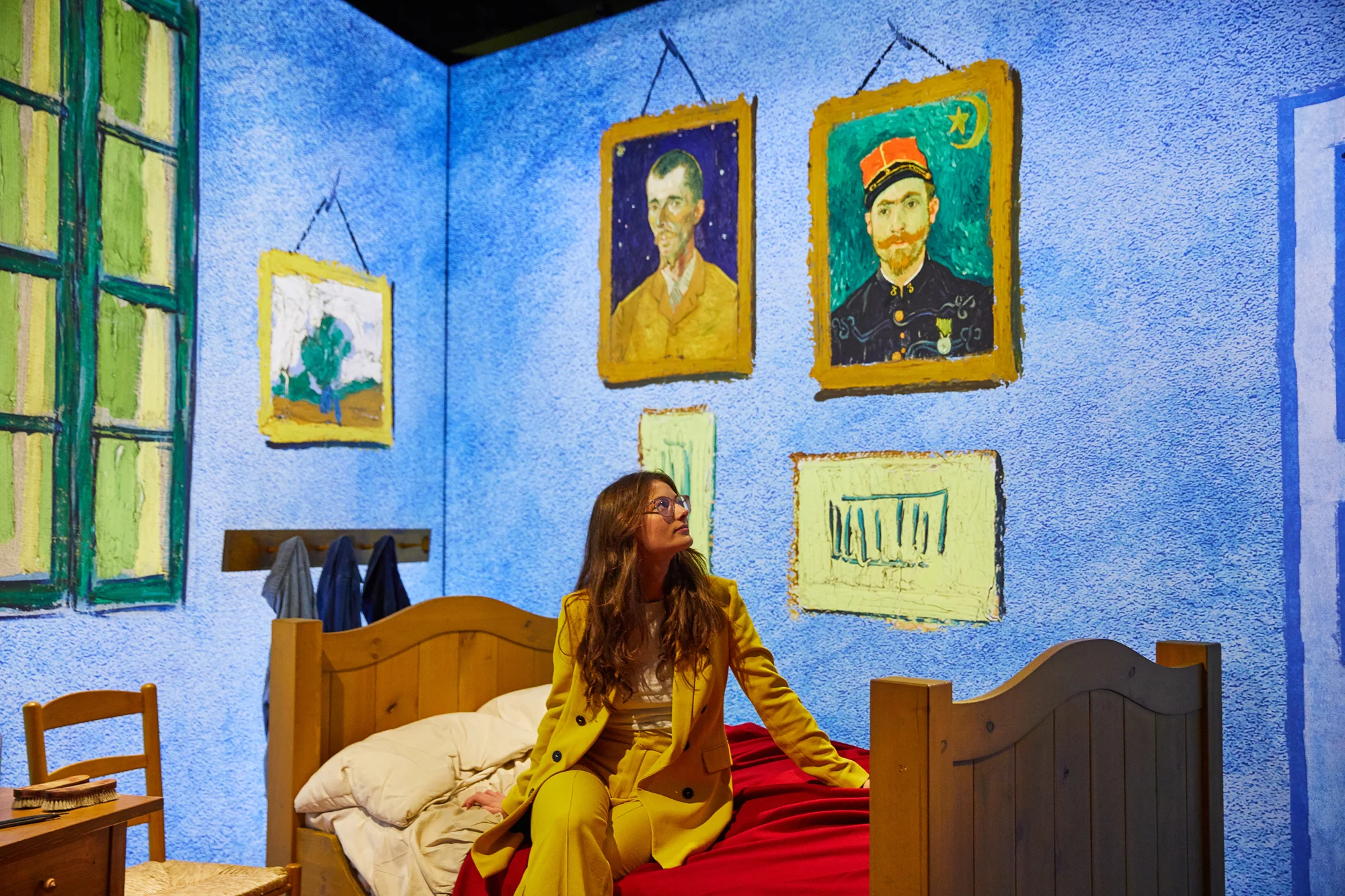
Future of Immersive Technologies in museums
After having analyzed how museums use Immersive Technologies and Experiential Realities within the cultural sector, we must understand what these advances imply for the museological experience of users in the future.
We can affirm that all these technological implementations contribute to the creation of tools for the generation of didactic material within the museums themselves. Fundamental tools in the coming years to promote culture, learning and the emergence of new types of art.
The new platform provided to artists presents a breakthrough in the art sector and an open door to new opportunities within the industry.
Audience Impact: Millennials & Generation Z
Immersive technologies have proven to be especially appealing to younger audiences, such as Millennials and Generation Z. According to recent studies, these groups are more likely to prefer interactive, digital experiences over traditional museum visits. Immersive exhibits offer the opportunity for active engagement, which increases retention and curiosity to learn more about history and art.
Immersive technologies and cultural heritage
One of the most prominent areas where immersive technologies are making a difference is in the conservation and dissemination of cultural heritage. Tools such as photogrammetry and high-resolution scanning are making it possible to digitize fragile pieces, offering interactive versions that can be explored from any device. In addition, virtual reality simulations make it possible to reconstruct historical scenarios, offering visitors a detailed vision of the past.
For example, museums in the Valencia Region have implemented virtual tours that allow visitors to explore the region's cultural heritage from anywhere in the world. This not only facilitates accessibility, but also turns the museum into a global educational platform, bringing Valencian culture to international audiences.
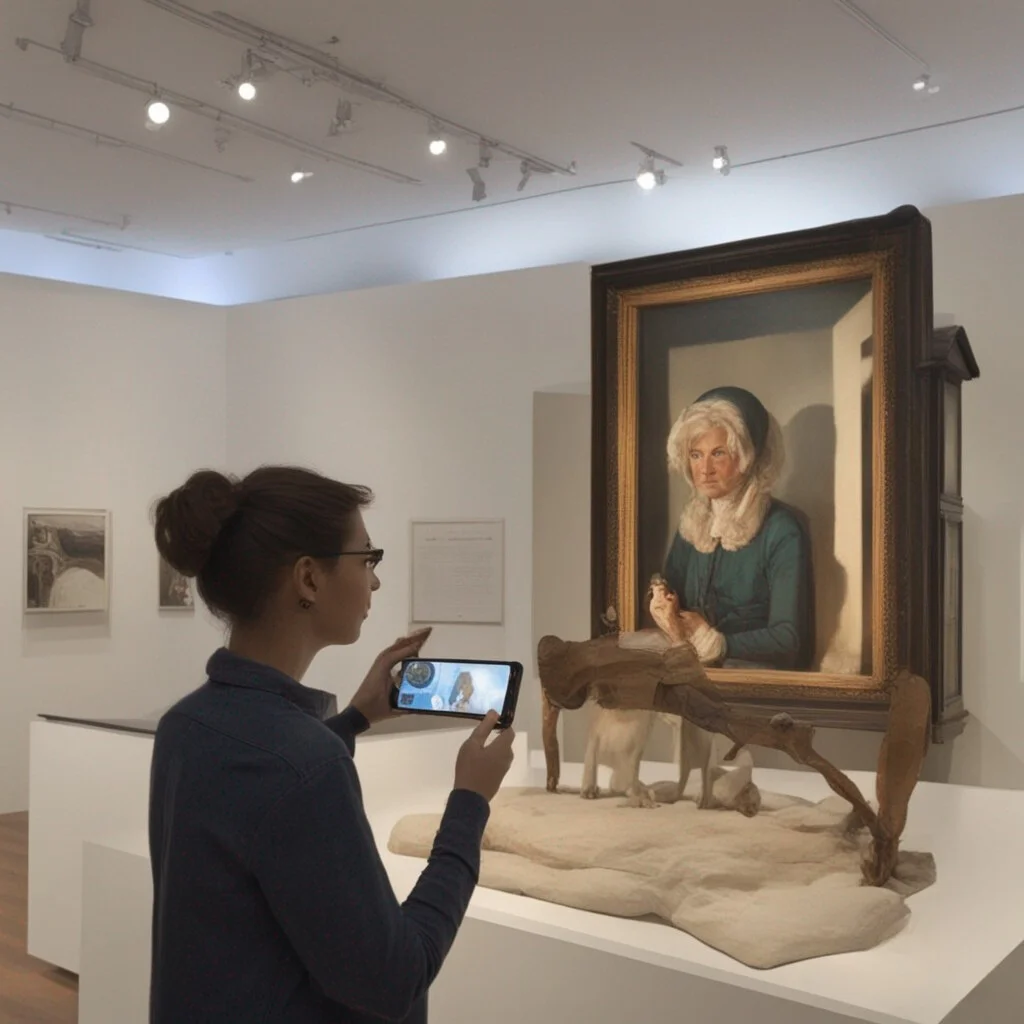

Challenges of immersive experiences in museums
Despite the excitement around immersive technologies, there are challenges for museums to consider. Among them are the preservation of cultural authenticity and the need to prevent digital experiences from displacing the importance of the physical object. Some critics also mention that over-commercialization can affect the perception of art, causing exhibitions to focus more on the visually striking than the historically relevant.
In addition, the cost of implementing these technologies can be high, which could limit their accessibility to smaller institutions. However, the development of more accessible and affordable tools is helping museums of all sizes to take advantage of these innovations.
Conclusion: the future of immersive museums
The use of immersive technologies in museums is not just a passing trend, but a natural evolution in the way we share and preserve culture. Museums that embrace these tools are poised to attract new audiences and deliver memorable experiences that merge the best of the physical and digital worlds.
In a world where experiences are as valued as content, immersive technologies are redefining the concept of the museum, allowing audiences to not only see, but feel and actively participate in history and art.
SIMILAR CONTENT
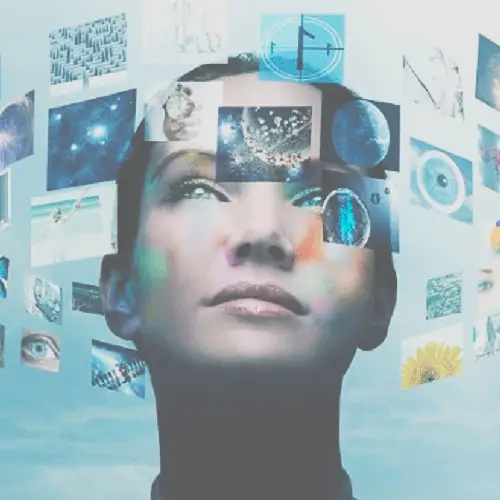
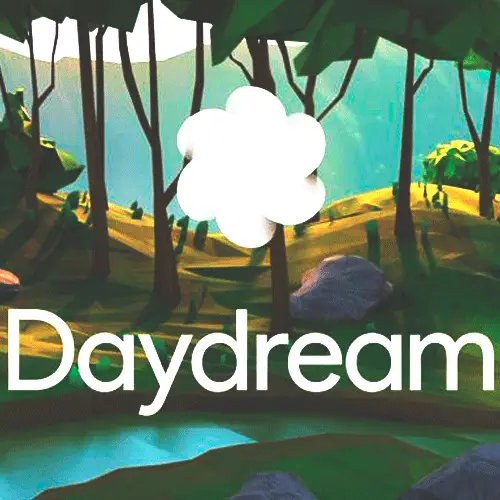










 RETURN
RETURN
